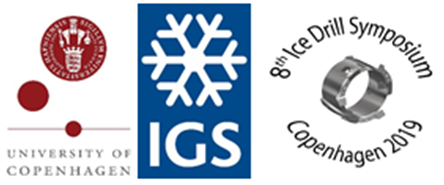Speaker
Description
The access to sub glacial regions gains interest in terrestrial and extraterrestrial research in the past years. In Antarctica lakes or other interesting sub glacial features have been accessed via mechanical (coring and non-coring), hot water or thermal drilling. Still the most of these areas are unexplored because of the lack of rapid access drills. The discovery of liquid water below the Martian ice caps and oceans within icy moons of the outer solar system are boosting the interest for drills that work in extraterrestrial scenarios. The required autonomous operation can be provided by thermal melting probes.
Within the scope of the EnEx-RANGE project a network of thermal melting probes has been developed. Thirteen melting probes have been built and tested for autonomous operation and exploration of a glacial area. Each melting probes has a diameter of 8 cm and a length of about 1 m and achieves melting velocity up to 8 m/h. The positioning of the probes within the network is mostly based on acoustic signals which are exchanged between the probes over distances of several tens of meters. The network provides a reference for the positioning and navigation for robotic navigation within the reference volume. The tests were conducted on several glaciers in the European Alps (Hintereisferner 2015, Langenferner 2016/17/18 and Mittelbergferner 2019) and in Antarctica (Ross Ice Shelf 2016/18).
In this talk we present the EnEx-RANGE melting probe design, the navigation systems and results from the in-ice tests.

